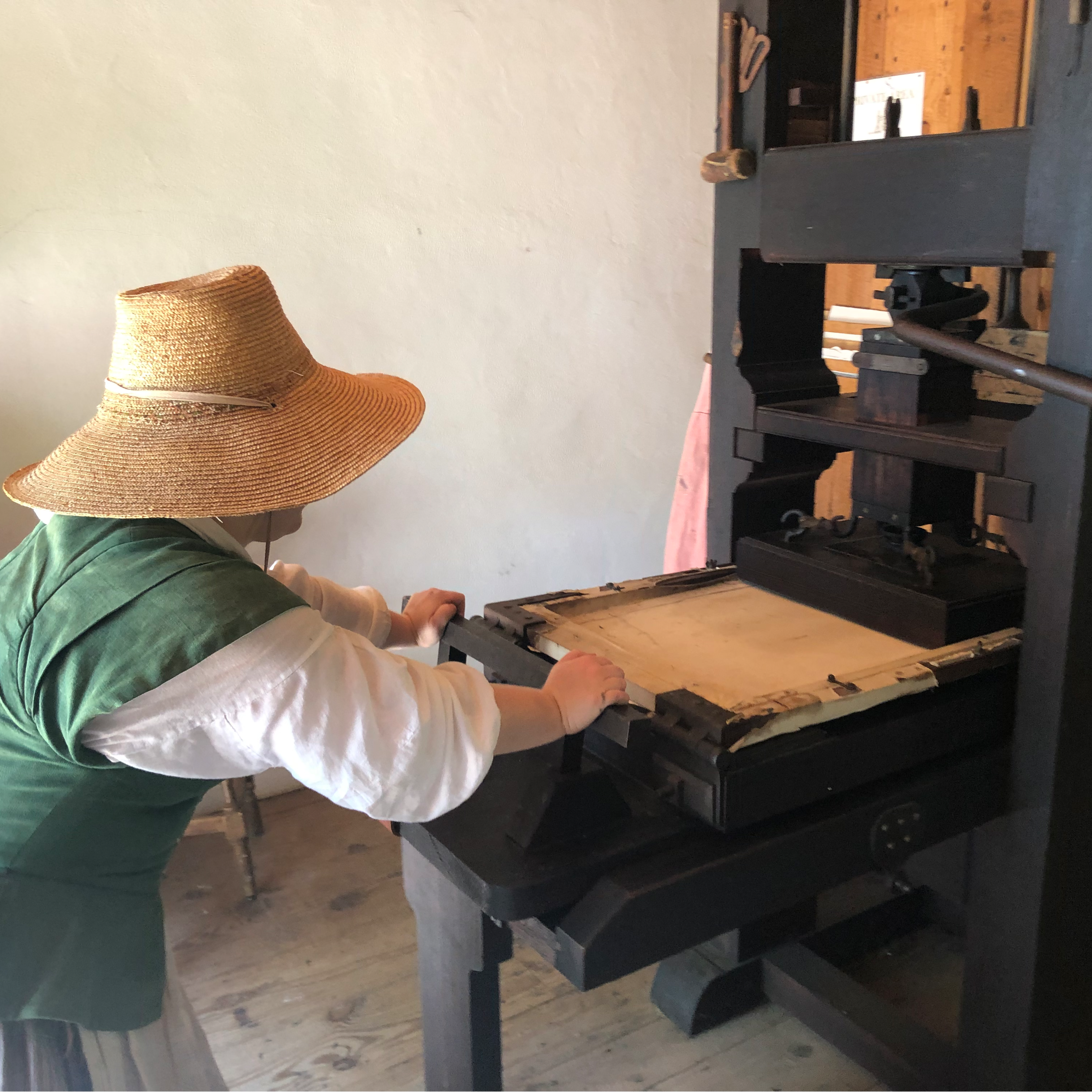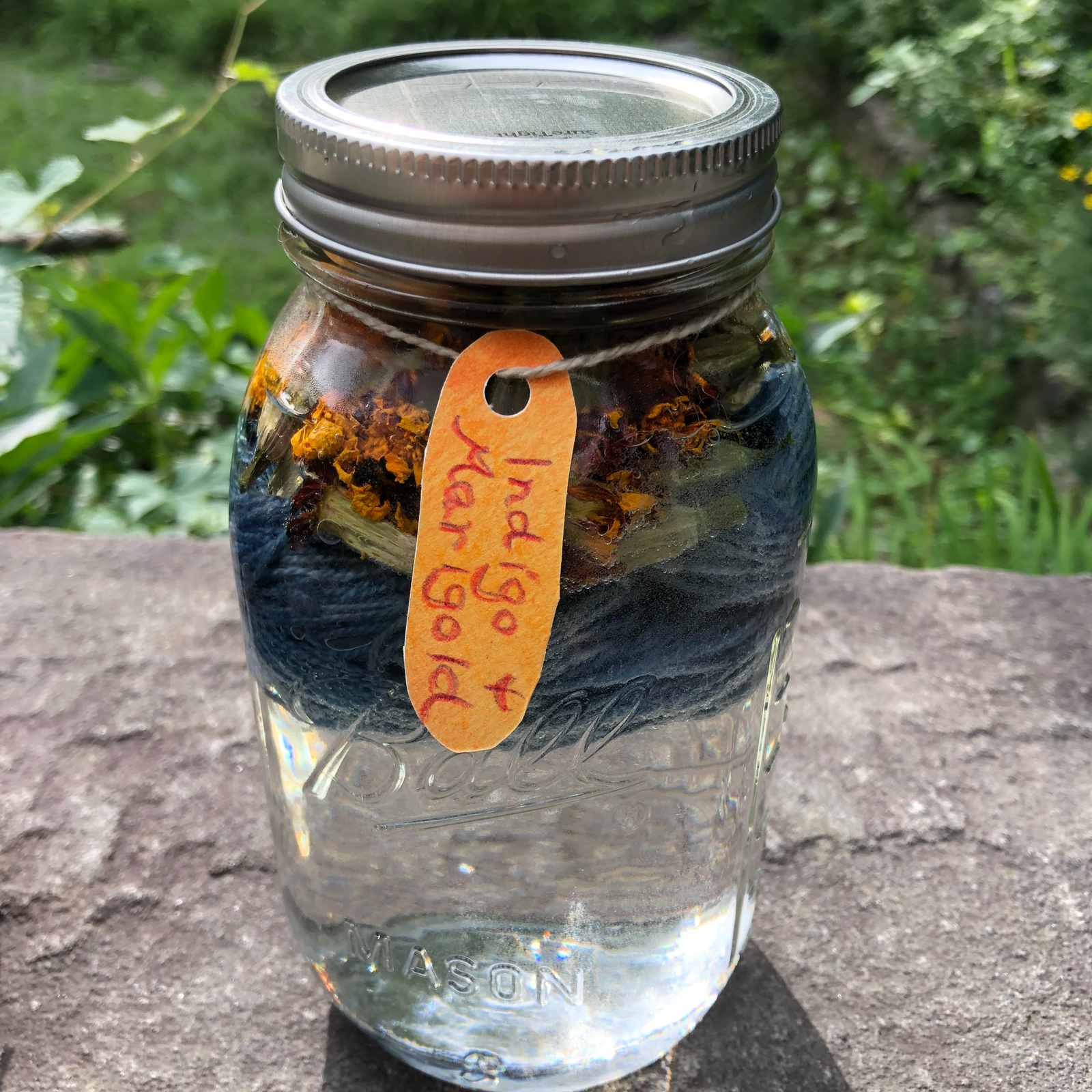This is the other review I posted to our Yahoo Group:
Yes, I use
Coloring with Block Crayons, Emphasizing the Primary Colors, 2nd Edition
in my classroom. I think it's
helpful and I refer to it weekly.


It is 72 pages long. She gives basic
exercises for the teacher to do before teaching the techniques, which
are wonderful, since you're teaching through imitation here.
She talks concretely about topics such as introducing the materials to
the children, starting with a verse, and lots of tips such as how to
draw animals (and specifics for foxes, dogs, birds, cats, lions,
rabbits, horses, cows, sheep, monkeys, fish, turtles, frogs), how to
draw landscapes and skies, buildings, plants, all the things that might
trip you up.
The basic technique exercises she covers are bands of color, clouds of
color, tone shading, secondary colors, making browns, making a color
circle, all color spectrum, drawing ribbons, controlling the width of
the stroke, and controlling negative space.
In short, it really gives you a lot of details on all the things you
might have questions about! I think it is a good buy. I actually have
an extra copy and if someone is interested, just email me off list. I
somehow ended up with two.
The CD is helpful. She talks right into the camera, holding the crayons
and demonstrating the motions. She also shows beautiful full color
drawings that she has done that are pretty inspiring. I think you could
live without the CD, though, if you had to, because there are full color
plates in the back of her book that also help you to see what's
possible. The plates in the book show alphabet examples, such as R for
Rumpelstiltskin and B for bee, as well as people you would need for
fairy tales (knight, king, queen, farmer and family). She also shows
completed full color drawings for "The Frog Prince," "Mother Holle,"
"The Tortoise and the Hare," and St. Francis and the Wolf of Gubbio.
I got our crayons through
A Small Green Footprint, where you can buy the primary colors individually, as many or as few of each one as you want.
P.S. My students went ahead and sewed pouches for their three block
crayons, to keep them organized. We used to have three small
baskets, one for each color of crayon, but people seemed to want
their own to take good care of. I used a piece of Magic Cabin wool
felt, cut in half, and then we folded that in half, divided 6 inches
by three, measured two inches for each pocket using a ruler and drew
lines with chalk, pinned along each line and the edges, put the
crayons in while we sewed them (to make sure people sewed pockets
that would ultimately fit), and sewed up the chalk lines and the
edges. Then I let them sew on snaps to keep the pouches closed when
the top flap was down, which they were really excited about because
they had only ever sewed on buttons.






 Immersive Experience
Immersive Experience Immersive Experience
Immersive Experience







